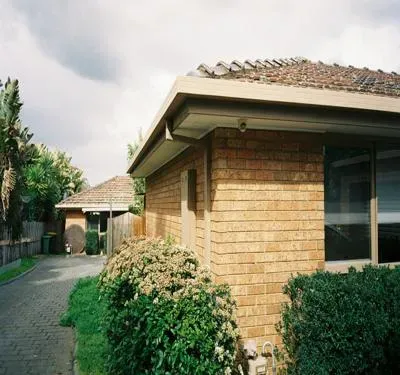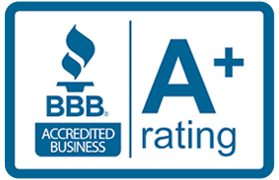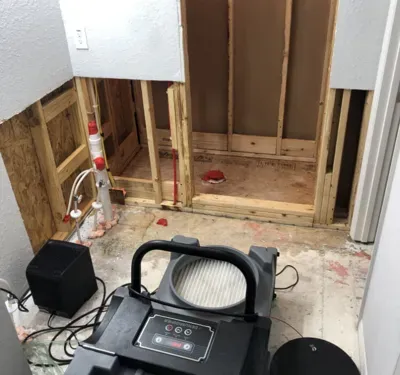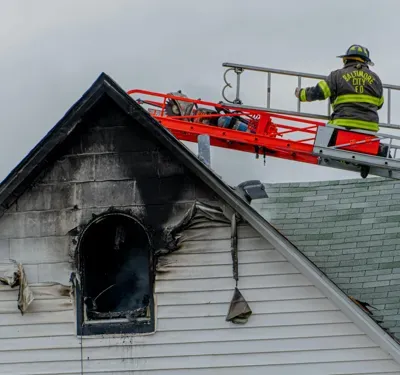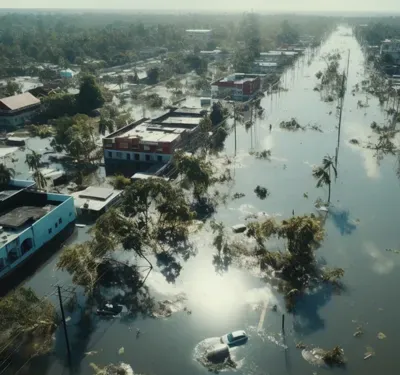Common Mistakes Tampa Homeowners Make After Water Damage
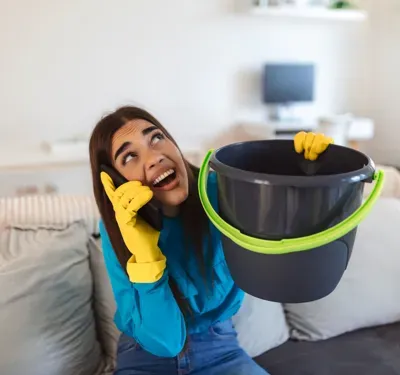
After water damage, many Tampa homeowners unintentionally make costly mistakes that delay recovery and worsen damage. Avoiding these errors and knowing what not to do after water damage—like waiting too long to act, skipping professional help, or failing to dry thoroughly—can save time, money, and your home’s integrity.
Why Fast Action Matters in Tampa
Tampa’s humid climate speeds up water damage. When water enters your home from flooding, plumbing issues, or heavy rain, you have a narrow window to prevent more serious problems like mold and structural damage. Waiting even a day or two can make a bad situation worse.
Unfortunately, many homeowners don’t realize the urgency until it’s too late. Here are the most common water damage mistakes people make, and what to do instead.
Mistake 1: Waiting Too Long to Start Cleanup
One of the biggest water damage mistakes in Tampa is delaying action. Whether you’re hoping it will dry out on its own or waiting for an insurance adjuster, time is not on your side. Acting quickly to address water damage is crucial.
The longer water sits, the more it seeps into floors, walls, and insulation. Mold can begin growing within 24 to 48 hours. Instead, begin emergency water cleanup right away. Document the damage with photos, but don’t hold off on drying.
Mistake 2: Skipping Professional Help
Water damage can be deceiving. While the surface may look dry, moisture often hides behind walls and under floors. DIY efforts may miss these hidden pockets.
Calling a professional Tampa water restoration team ensures proper moisture detection, drying, and sanitizing. Experts use industrial equipment like air movers, dehumidifiers, and moisture meters to do the job thoroughly and avoid the hidden dangers of water damage.
Mistake 3: Not Removing Damaged Materials
Some homeowners try to save water-soaked carpets, drywall, or furniture that’s already beyond repair. Keeping saturated materials can promote mold growth and trap odors.
Professionals know when items can be salvaged and when they pose a risk. Remove anything that’s damaged beyond recovery. Prioritize safety and air quality.
Mistake 4: Forgetting to Check for Mold
In Tampa’s climate, mold develops fast. One common mistake is assuming it’s not there just because you don’t see it. To avoid mold after water damage, your biggest priority is to dehumidify and thoroughly dry out the entire house.
Even if your home looks dry, hidden moisture can support mold behind baseboards or inside walls. If your home has had water damage, always include a mold inspection as part of your restoration plan.
Mistake 5: Not Calling Insurance Promptly
Another avoidable error is waiting too long to contact your insurance provider. Many policies require you to report damage promptly. Delays can lead to denied claims or reduced coverage.
Call your insurer immediately after the incident. They’ll guide you on documenting damage and beginning cleanup. The sooner you act, the smoother the claims process will go.
Mistake 6: Using Household Fans Instead of Professional Equipment
While fans can help dry out small spills, they aren’t enough for water damage restoration. Standard fans don’t have the power to move air effectively through soaked flooring and wall cavities.
Restoration professionals use high-powered drying tools designed for water emergencies. These tools remove moisture much faster and more completely than anything in a typical home.
Mistake 7: Not Monitoring Humidity Levels
After the initial drying process, many homeowners stop paying attention. But Tampa’s air stays moist, and your home can hold that humidity long after visible water is gone.
Use a digital humidity monitor to track moisture. Your goal is to keep levels under 50%. If humidity stays high, mold could return. Dehumidifiers can help until the home stabilizes.
Mistake 8: Overlooking Electrical and Structural Risks
Water can damage wiring, weaken flooring, and warp support beams. Ignoring these risks could leave your home unsafe.
Have a qualified technician inspect electrical components and check for soft spots in the flooring. Safety should always come first.
Mistake 9: Throwing Out Important Documentation
In a rush to clean, some homeowners toss receipts, photos, and other records that could support their insurance claim.
Instead, store all documentation in a safe digital folder or envelope. Take detailed photos of damage, repairs, and costs. These details are essential if you need to challenge your claim later.
Mistake 10: Not Preparing for Next Time
Water damage can strike more than once. After flood or damage recovery, don’t forget mitigation. Fix drainage issues, waterproof your home, and consider leak detectors or a sump pump.
Tampa homeowners who plan ahead can limit future damage and act faster next time.
How Tampa Emergency Restoration Pros Can Help
If you’re dealing with water damage, don’t go it alone. Our team provides emergency water cleanup in Tampa 24/7. We use professional equipment, handle moisture tracking and mold prevention, and work with your insurance company to streamline recovery.
Don’t let small mistakes lead to bigger problems. Call Tampa Emergency Restoration Pros for a professional, reliable response.
FAQs About How to Handle Water Damage
Q: What’s the first thing I should do after water damage?
Start by turning off electricity and gas if water has reached outlets or appliances. Next, document the damage with photos or video for insurance purposes. Then begin removing standing water and drying the area—or call a restoration professional to start mitigation immediately and minimize long‑term harm.
Q: How can I tell if water is hiding behind walls?
Look for musty odors, bubbling or peeling paint, warped drywall, or unexplained stains on walls and ceilings. For a more precise assessment, professionals use moisture meters and thermal imaging cameras to locate hidden moisture before mold takes hold.
Q: Will insurance cover water damage cleanup?
Coverage depends on your policy details and the cause of the damage. Sudden events like burst pipes are often covered, whereas gradual leaks from neglected maintenance may not be. Contact your insurer right away and keep detailed records of damage, repairs, and professional assessments to support your claim.
Q: Can I clean up water damage without professional help?
You can manage small spills or minor leaks yourself with towels, mops, and household fans. However, extensive damage—especially if there’s standing water, structural risk, or mold potential—requires professional‑grade extraction and drying equipment. Hiring experts ensures a thorough job, reduces health risks, and prevents costly problems later.
Q: How long does it take to fully restore a water-damaged home?
Restoration timelines vary based on the extent of the damage. Drying and dehumidifying typically take 3–7 days, while repairs and reconstruction can take several weeks. Acting quickly on water removal and professional drying helps shorten the overall process and prevent complications.
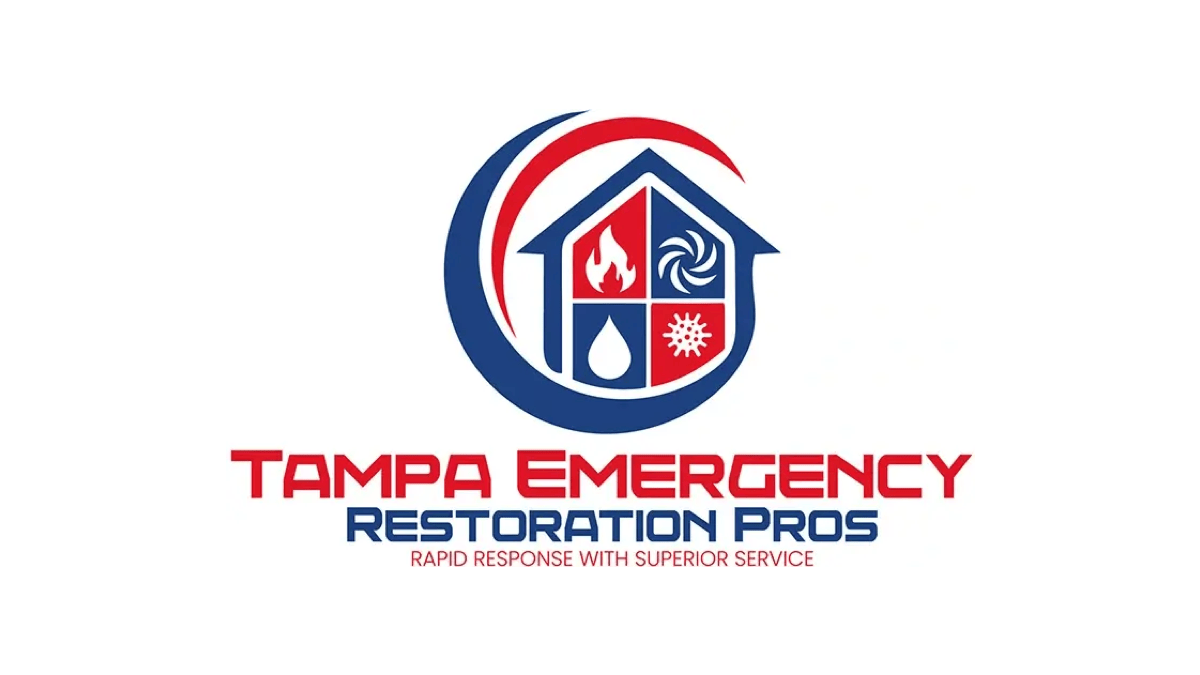
Other Blogs You May Be Interested In
Categories
